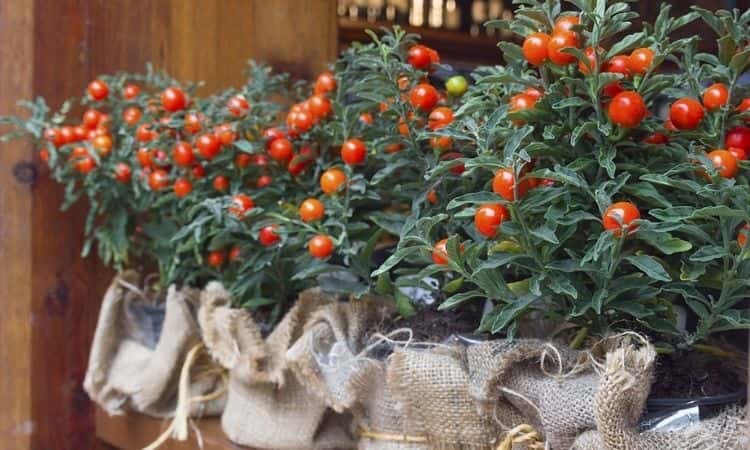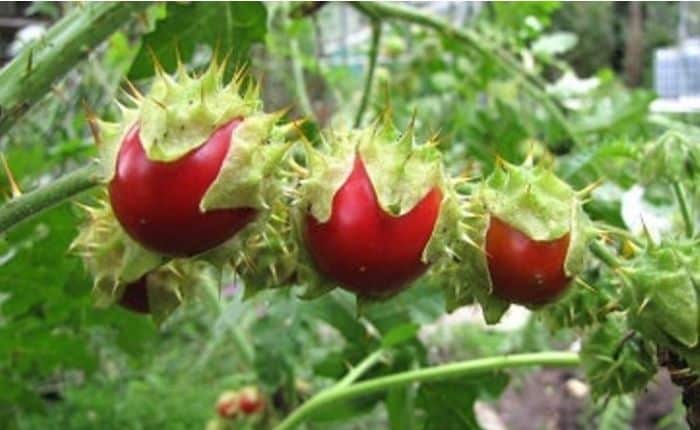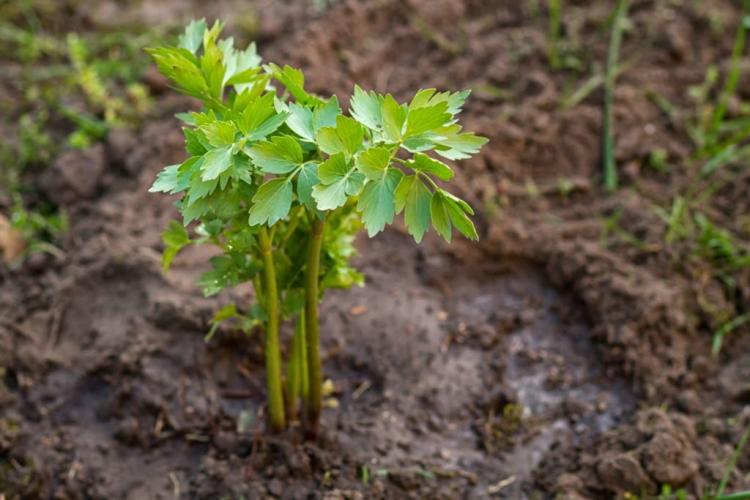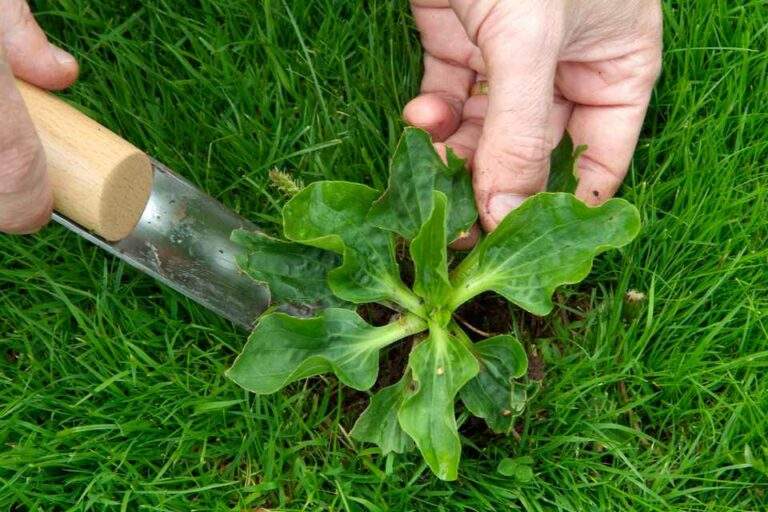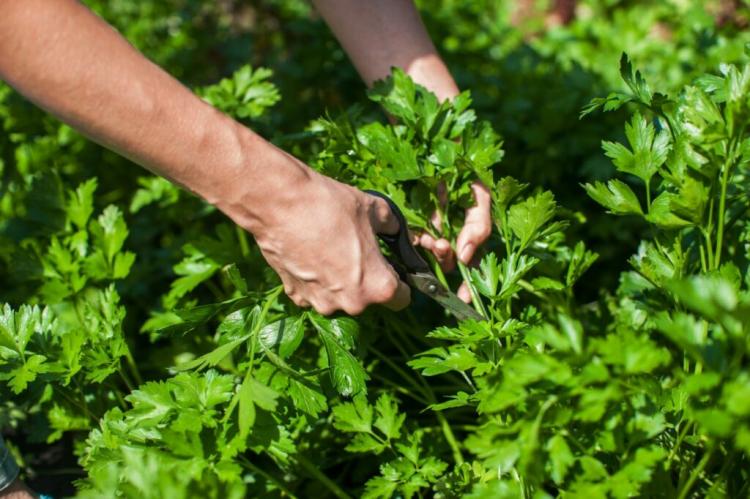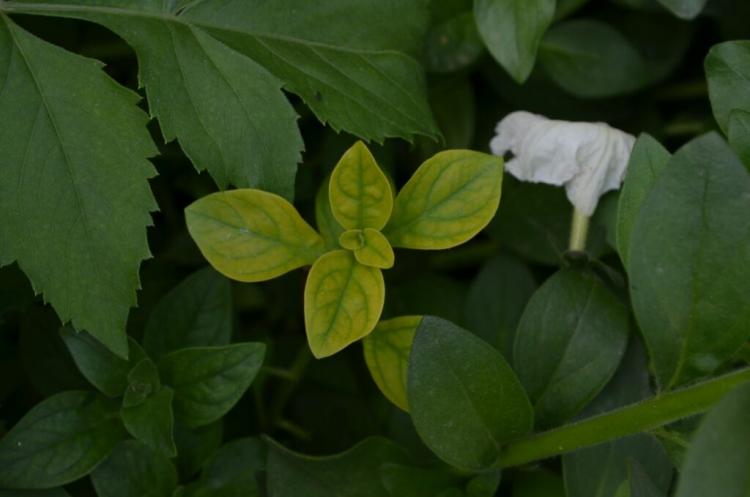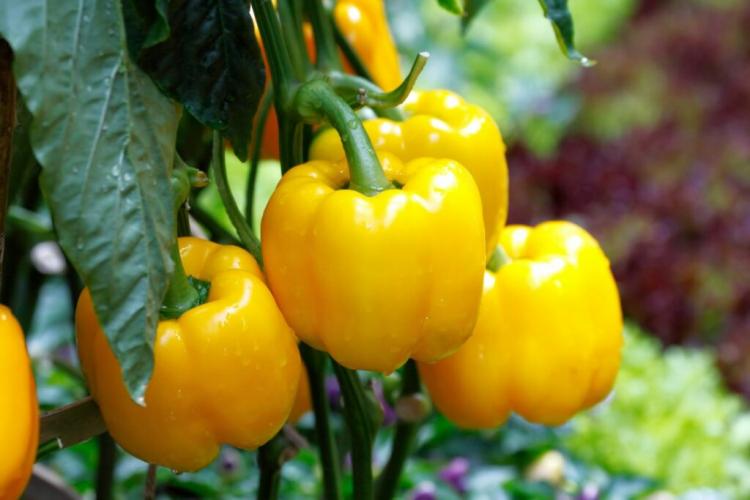Madeira Winter Cherry (Solanum Pseudocapsicum): Care And Properties
Madeira Winter Cherry (Solanum pseudocapsicum): Tips for wintering and reproduction. We also provide information on the toxicity and flowering of this plant. During the cold season, when it becomes monotonous and uncomfortable outside, the bright fruits of the Madeira Winter Cherry offer a colorful change from the dreary gray outside the front door. This tropical plant is not only a real eye-catcher in the winter months but also shows itself in the summer in a pretty flowering dress.
Madeira Winter Cherry: Origin And Characteristics
Table of Contents
The dwarf shrub belongs to the nightshade family (Solanum) and is closely related to the tomato, chili, and potato. However, both types have nothing to do with each other.
Shrubs grow up to one meter high and are evergreen. Their leaves are elongated and very similar to those of chili plants. Their fruits, which are about one to two centimeters in size, change color from yellow to reddish-orange as they ripen.
Is The Madeira Winter Cherry Poisonous?
Like many nightshade plants, the Solanum pseudocapsicum carries a poisonous alkaloid. The solanocapsin contained in the berries is poisonous and very similar to the solanine widely known from green potatoes. The fruits of the shrub are therefore not edible. Consumption can even lead to gastrointestinal complaints such as diarrhea, vomiting, and nausea. Fortunately, the poison is not life-threatening, but it is extremely unpleasant.
It is better to keep the plant out of the reach of children because the small red berries look very similar to cherry tomatoes and could therefore be particularly tempting for curious children.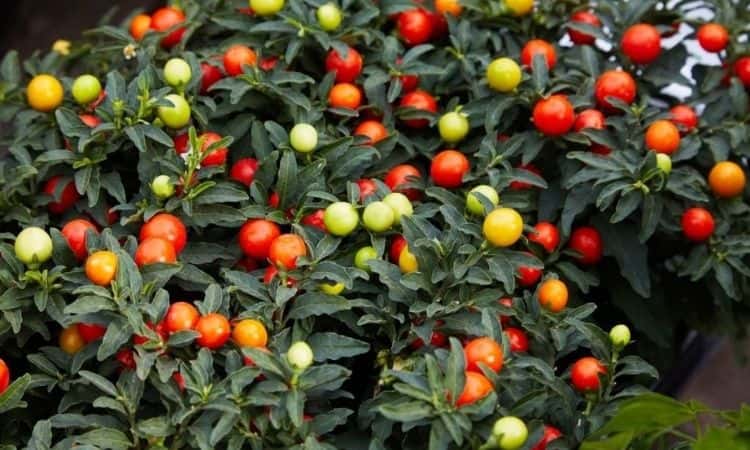
Madeira Winter Cherry: Flowering the time
Madeira Winter Cherry blooms in summer, usually from June. The white flowers with the yellow stamens remind strongly of the flowers of potatoes or tomatoes, with which the Madeira Winter Cherry is closely related. If you keep your plant indoors all year round, you should shake the plant lightly from time to time during flowering to ensure pollination. Only pollinated flowers can later develop into fruits.
Plant
The Madeira Winter Cherry is not hardy and does not tolerate frost. For this reason, it cannot be planted out in our garden, but it is an excellent potted plant. During the summer it likes to be outside in the sun but should be brought in before the first frost.
Care For Madeira Winter Cherry
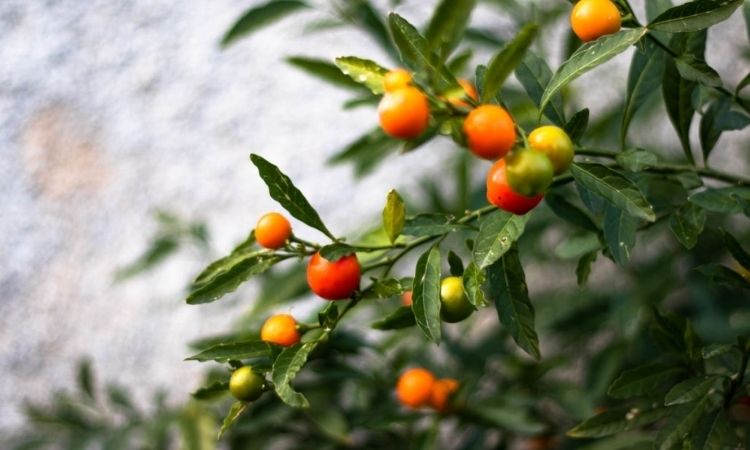 Usually, Madeira Winter Cherry is only kept during the cold season and then disposed of. Solanum pseudocapsicum can become up to ten years old. Perennial cultivation not only pleases the plant but is also much more sensible in terms of resources. Although young bushes are cheap to buy, their production consumes a lot of energy and resources. In addition, the care of this undemanding plant is very simple.
Usually, Madeira Winter Cherry is only kept during the cold season and then disposed of. Solanum pseudocapsicum can become up to ten years old. Perennial cultivation not only pleases the plant but is also much more sensible in terms of resources. Although young bushes are cheap to buy, their production consumes a lot of energy and resources. In addition, the care of this undemanding plant is very simple.
Cutting
After the plant has lost its fruit, pruning is due. Just prune the plant a little bit so that it stays nice and compact. Be careful not to prune too late. If you accidentally remove the buds and flowers, no fruit will develop this year.
Propagate
The reproduction of the species is very easy. The fastest way to propagate it is of course to use cuttings. Use the branches that are cut back in spring and remove the leaves from the lower part of the branches. Now you only need to put the cuttings into moist potting soil and wait. If you keep the soil moist, the cuttings will soon take root and develop into independent bushes.
But also the sowing of Madeira Winter Cherry is possible without problems. You can either sow the seeds fresh or use dried seeds. These are best sown between mid-December and the end of February. Already in the second or third-year fruits will develop.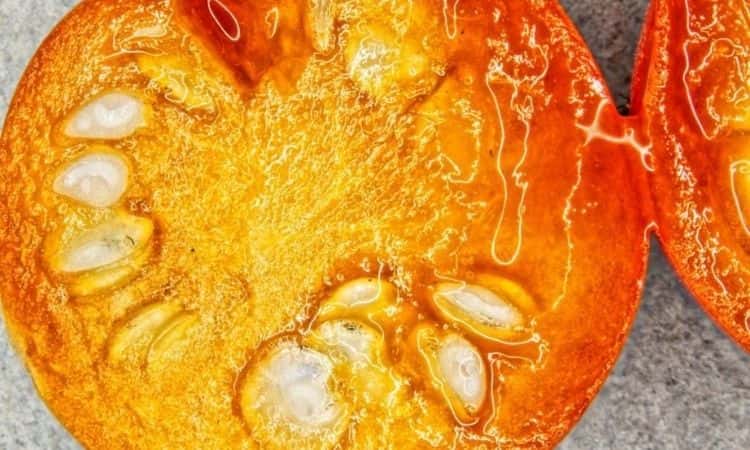
Madeira Winter Cherry hibernate
Madeira Winter Cherry can be wintered relatively warm. The plants feel especially comfortable at temperatures between 12 and 15 °C. The cool temperatures promote the fruit set and the coloration of the fruits.
The location should be as bright as possible because the lack of light can lead to leaf fall. During wintering in a warm living room, aphids (Aphidoidea) may become a problem, as the plants are then weakened by the unfavorable wintering conditions.
During the winter you should not fertilize your Madeira Winter Cherry and also reduce the watering a little. Nevertheless, water the plant regularly so that the soil does not dry out completely. Remember, however, that in cool temperatures less water will evaporate.
